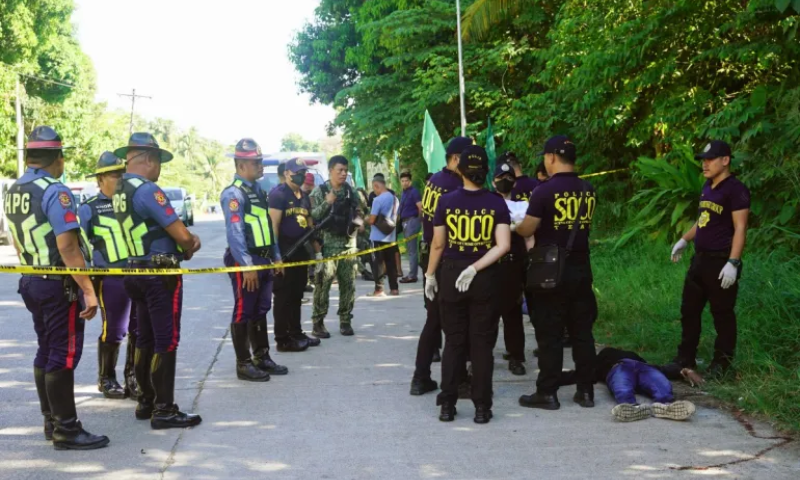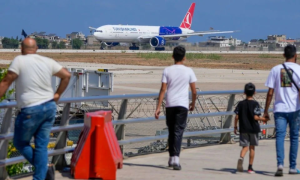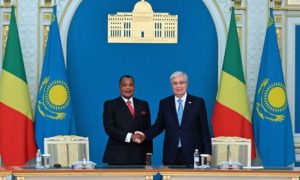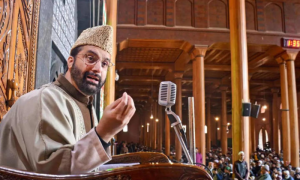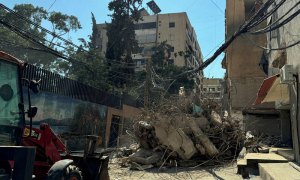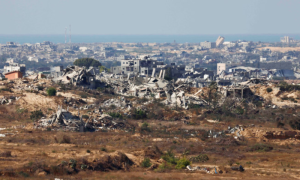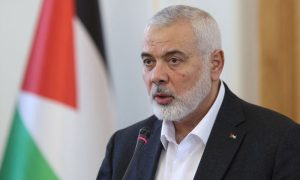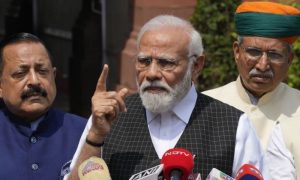MANILA, the Philippines: The volatile southern Philippines witnessed a tragic turn of events, with a reported minimum of three fatalities as millions of citizens flocked to polling stations to cast their votes for village leaders Sunday, marking the end of months of deadly election-related turmoil.
A heightened state of vigilance characterized the nation, as the much-delayed nationwide election for more than 336,000 council positions finally commenced.
Although village councils are the lowest tier of the government hierarchy, the council positions are fiercely contested because they serve as vital instruments for political parties to nurture grassroots connections and establish a solid local and general election support base. Over 300,000 police officers and soldiers were mobilized to safeguard polling stations dispersed throughout over 42,000 villages. In the capital, Manila, long queues of eager voters formed at schools that had been converted into polling venues.
This is vital for the people… we need to have someone to turn to regarding our problems, stressed Rosemarie Garcia from the challenging neighbourhood of Tondo. We require accessible representatives for their constituents.
Elections in the Philippines have historically been tumultuous, given the lenient gun laws and the prevalence of a confrontational political culture. Tragically, two individuals lost their lives, and five more suffered injuries outside a polling station in Maguindanao del Norte province, situated on the southern Mindanao island. The incident erupted during a clash between supporters of opposing candidates competing for the village captain position, as confirmed by Datu Odin Sinsuat municipality police chief Lt. Col. Esmail Madin.
In another grievous occurrence in Mindanao, a woman lost her life when a shootout erupted after a van, transporting a village captain and her supporters, was intercepted on a road by individuals supporting her rival in Lanao del Norte province, as stated by the military. It’s worth noting that Maguindanao, before its division into two provinces in 2009, was the site of the deadliest single episode of political violence in the country’s history, where fifty-eight individuals were massacred by gunmen allegedly acting on behalf of a local warlord, aiming to prevent a rival from filing his candidacy.
Read Also: Journalist Intentionally Killed by Israel: RSF
Leading up to Monday’s election, there were 30 documented incidents of election-related violence, compared to 35 in 2018, as disclosed by the Philippine National Police on Sunday. However, they did not provide an updated breakdown of the number of casualties. Approximately one-third of these incidents occurred in the Bangsamoro Autonomous Region in Muslim Mindanao. Previous police data showed that between August 28 and October 25, eight people were killed, and seven were injured due to election-related violence.
Over 67 million citizens were registered to participate in these elections, which President Ferdinand Marcos characterized as “very significant” for higher-level politicians. He emphasized the ripple effect of these village elections on subsequent mid-term and national elections, stating, What happens here in the barangay (village)… are going to have an effect on the results of the mid-term elections and subsequently at the national elections.
In these elections, voters are tasked with selecting a village captain and seven councillors responsible for implementing national policies, resolving local disputes, and delivering basic public services. Village councils also serve as a means for politicians to distribute funds and favours to secure votes, as noted by Maria Ela Atienza, a political science professor at the University of the Philippines. While village elections are theoretically scheduled to occur every three years, the last vote was held in 2018 but was postponed by former President Rodrigo Duterte and subsequently by his successor, Marcos, citing budgetary constraints as the primary reason for the delay.









